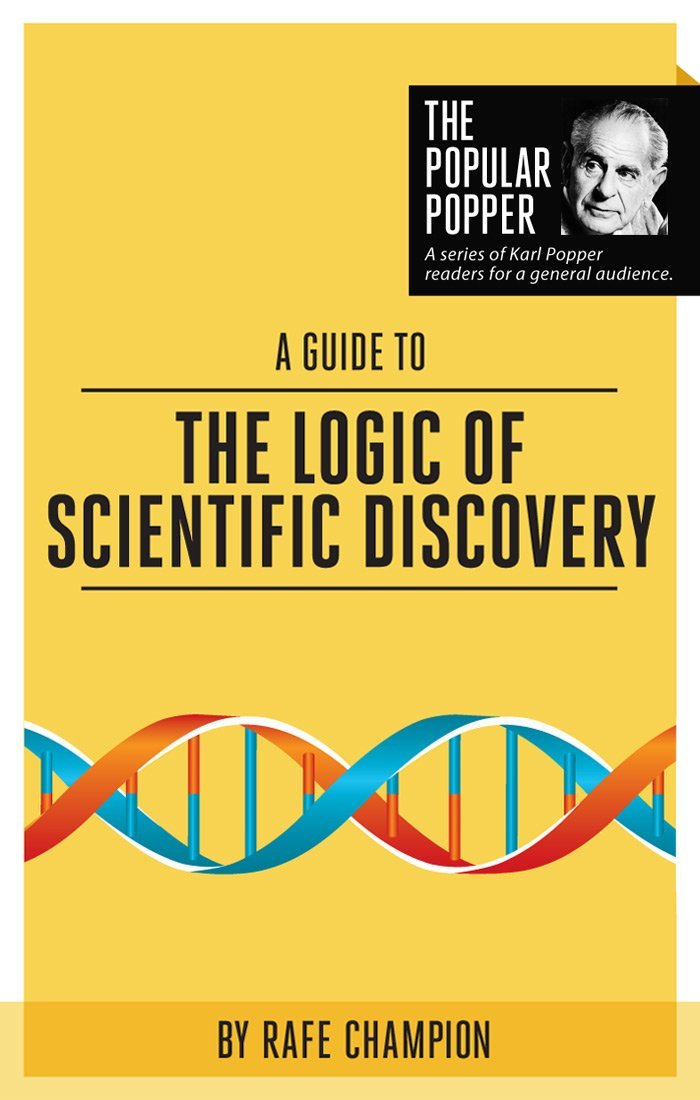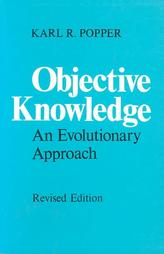Bartley wrote another long paper (more than 10,000 words) to demonstrate how the dominant philosophy of physics is refuted by biology (and is defective as the philosophy of physics). The paper begins with an exchange between Popper and a leading physicist, with Popper drawing applause from the biologists present when he pointed out that ‘what you say is refuted biology’.
The central theme of the paper is the way physics took on board the philosophy of idealism – “to be is to be perceived”- and became hostage to the doctrines of “sensationalism” (nothing to do with the gutter press) and “presentationalism” as opposed to the realistic approach that Bartley labeled “representationalism”.
A representationalist sees a tree in the garden, and works with theories that represent our understanding of the way trees live, bear fruit, die, evolve etc. The presentationalist does not believe that there is necessarily is a real tree out there at all (this could be the basis of the “brain in the vat” theory that the world is a dream projected on a screen by a demonic film projectionist), rather we have a pattern of data presented to the brain that is used to build up a picture of the tree and the rest of the world and the universe. The truth in the presentationalist view is that indeed have to process incoming data to generate whatever it is that we perceive, but the flaw is the idea that the external world is nothing but the picture based on the stream of sense data that we perceive.
A fascinating part of the paper describes an experiment with the frog to demonstrate the limitations of theories that depend on sense data (senstions) as the foundation of knowledge.
QUOTE
The vision of the frog, like radar, ignores many dimensions of the external world which are visually present to humans. An M.I.T. research group devised an experiment in which visual stimulation could be offered to one eye alone of an immobilized frog . The frog was situated so that its eye was at the center of a hemisphere seven inches in radius. On the inner surface of the hemisphere thus created, small objects could – with the use of magnets – be placed in different positions and moved from one position to another. Microelectrodes were implanted in the frog’s optic nerve to measure electrical impulses sent to the brain by the eye. In the course of presenting various objects, colors, and movements to the frog, the investigators discovered that only four different kinds of messages were sent from the retina to the brain. Regardless of complexity and differences present in the environment, the frog’s eye is equipped to transmit only a few different kinds of messages and filters out – or simply cannot register – any additional information presented.
McCulloch and his associates termed the four different kinds of visual activity registered by the frog: 1) sustained contrast; 2) net convexity; 3) moving edge; 4) net dimming.
The first provides the general outline of the environment. The third enhances response to sudden moving shadows – such as a bird of prey. The fourth responds to a sudden decrease in light, as when a large enemy is attacking. The second responds neither to general changes of light nor to contrast, but only when small dark objects come into the field of vision and move close to the eye.
McCulloch and his group conclude:
“The frog does not seem to see or, at any rate, is not concerned with the detail of stationary parts of the world around him. He will starve to death surrounded by food if it is not moving. His choice of food is determined only by size and movement. He will leap to capture any object the size of an insect or worm providing it moves like one. He can be fooled easily not only by a bit of dangled meat but by any moving small object…His choice of paths in escaping enemies does not seem to be governed by anything more devious than leaping to where it is darker”. (37)
Thus the vision of the frog differs from that of men with respect to quantity and quality of information conveyed. The frog does not inhabit a different objective world; he sees fewer details, and these are reproduced through a coarser screen. From the vantage point of our own cognitive achievements we would not take seriously the claim of an idealistically disposed frog that the limits of his experience define the limits of the world, or that it is meaningless to speak of the sorts of things which he cannot perceive. As the visual world of the frog differs from our own, so does the spatial world of the water shrew. The water shrew masters its living space almost exclusively by path learning acquired through trial and error movement. Whereas a man can master a spatial problem by a simultaneous clear survey over the data, most reptiles, birds and lower mammals lack this capacity. The water shrew, commands its space through kinesthetically ingrained movements known and applied by rote so exactly that hardly any optical or tactile steering or control is needed. The human being can approximately understand what is going on for the water shrew for he is able to behave this way himself, as for example in a strange city for which he has no map. But the water shrew, presumably, would not be able to understand the human’s way of mastering space through simultaneous clear survey. As Lorenz puts it: “basically, we can comprehend only the lower precursors of our own forms of perception and though.”
The spatial world of an animal may be far stranger than this example would suggest. A primitive animal might have a hunger space which it uses when hungry, a separate thirst space, a separate escape space for escape from each predator, a mate-finding space, and so on for each important activity. Only with a higher stage of evolution does the hypothesis emerge that these spaces are the same or overlap. This hypothesis amounts to a hypothetical realism or representationalism.
The white rat, the cat, the dog, the chimpanzee, all have access to this stage where spatial learning achieved in the service of one activity is immediately available for another. Accompanying this there emerges curiosity about all possible spaces, a trait with obvious survival value. “The different Umwelten of different animals “, Campbell writes, “do represent in part the different utilities of their specific ecological niches, as well as differential limitations. But each of the separate contours diagnosed in these Umwelten are also diagnosable by a complete physics, which in addition provides many differentia unused and unperceived by any organism”.
These few examples will convey some impression of the kind of argument for represent-ationalism that emerges from evolutionary epistemology. They will also suggest why the philosopher informed about biology and evolutionary epistemology finds it incredible that many contemporary philosophers of science should seek to erect on the foundation of human sense experience and entire edifice of justified human knowledge – let alone an entire world. END OF QUOTE







This is a bit dated. Machian phenomenalism has been out of fashion for decades.